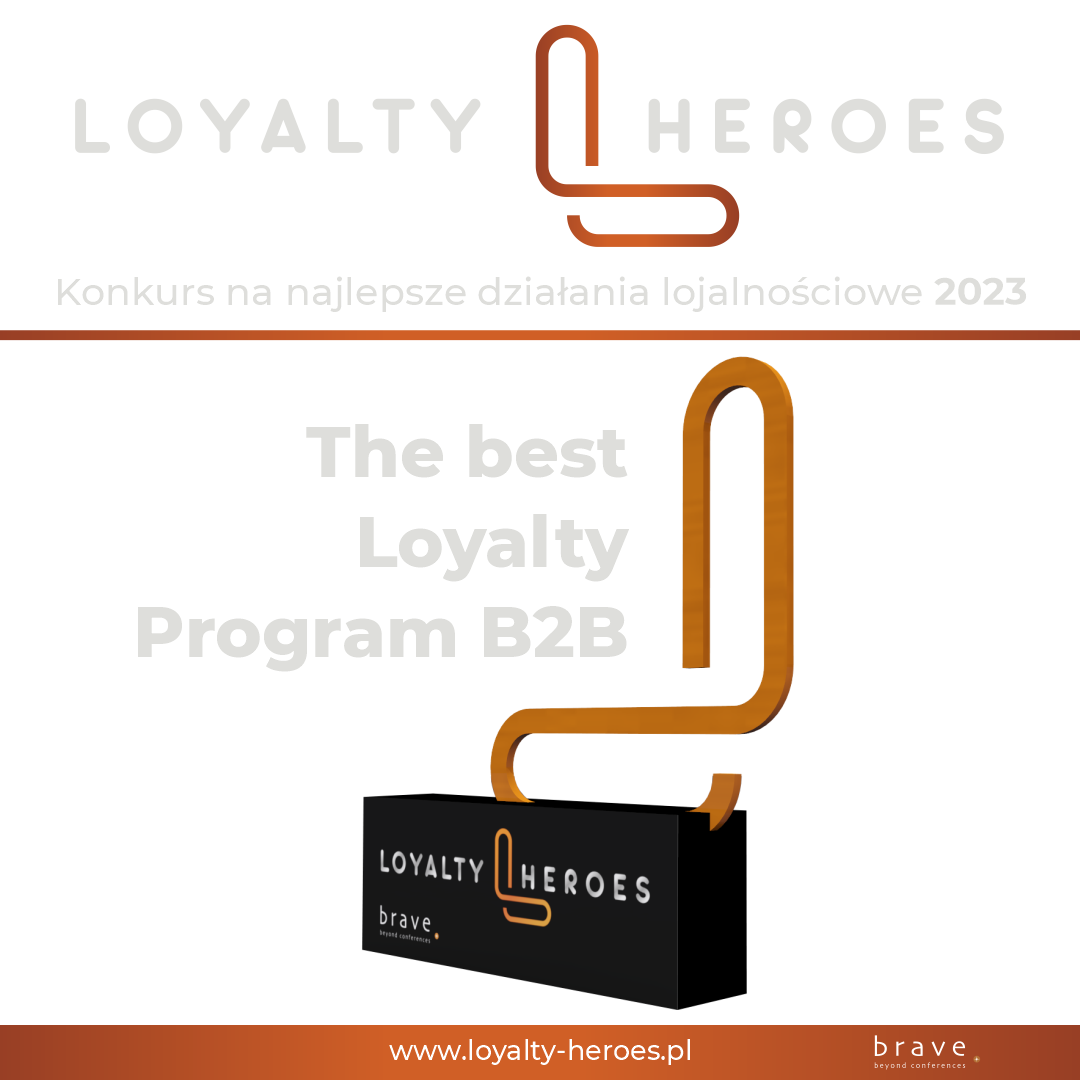Does gamification need to abandon patterns?
The reasons that push our clients to implement a loyalty program are very similar in many cases and are based on building and strengthening the relationship between our client and their final recipient - in this case, a participant in the program. Having one goal for several clients would suggest a possibility of creating one universal scheme of activities, but the reality is a bit different.
Spis treści
- 1. Client who wants to work on proven assumptions
- 2. Client expecting an original approach
Many providers of loyalty and gamification programs in the market work on the basis of one product, which is offered to various clients without major changes. These systems hardly take into account the fact that the target group to which we address our product should determine the program's mechanics. It contributes to the success of the goals achievement by the client.
Participants in each of the programs generally differ from each other but of course you can still find some common features. Nevertheless, there will be fewer advantages than disadvantages of this solution. Before we get to the bottom of the case, let's divide clients into two groups:
1. Client who wants to work on proven assumptions
Those clients are inclined towards ready-made solutions mainly because it is much easier to predict the final result. In this way, they can also optimize the costs of implementation. However, this is the first step to losing the uniqueness of your program. The ready-made scheme may, over time, lead to a completely new path, following which usually involves large and unplanned expenses.
2. Client expecting an original approach
This is not an odd expectation, because the client dealing with us counts on a specific creation and specific actions aimed at the target group. In addition, the program to be developed is to stand out in the market and be perceived as fresh and unique. Such a client does not want to be approached in a routine way despite the fact that many of them are corporate clients with clearly defined customer service standards.
In both cases, it is important to find the right compromise, but for us the most important is to identify and understand the actual purpose of the client while creating a loyalty program. Sometimes the brief describing the objectives of the program differs from the actual idea that guides it, so it is worth listening first and not judging it through the prism of previous projects. This is what we want to focus on using an individual approach when creating a loyalty program. We should base our actions on building a relationship not only with the client, but also with the program participant. From an economic point of view, customers are able to pay more for a product that is 100% tailored to their expectations. Such a product translates into increased loyalty of the program participant, as well as customer satisfaction with the quality that we are able to guarantee already at the implementation stage and maintain during the course of program, providing a high level of ongoing service and helpdesk.
In this way, we create the brand image of not only the client’s business,but also our company, among the participants of the loyalty program,. Being a pro-consumer brand positively influencing our clients’ image brings both sales profits and image benefits, creating partner relations for years among current and future clients in our case study.
The Program Manager responsible, among others, for the ProGRAM scheme for Provident Polska S.A.




